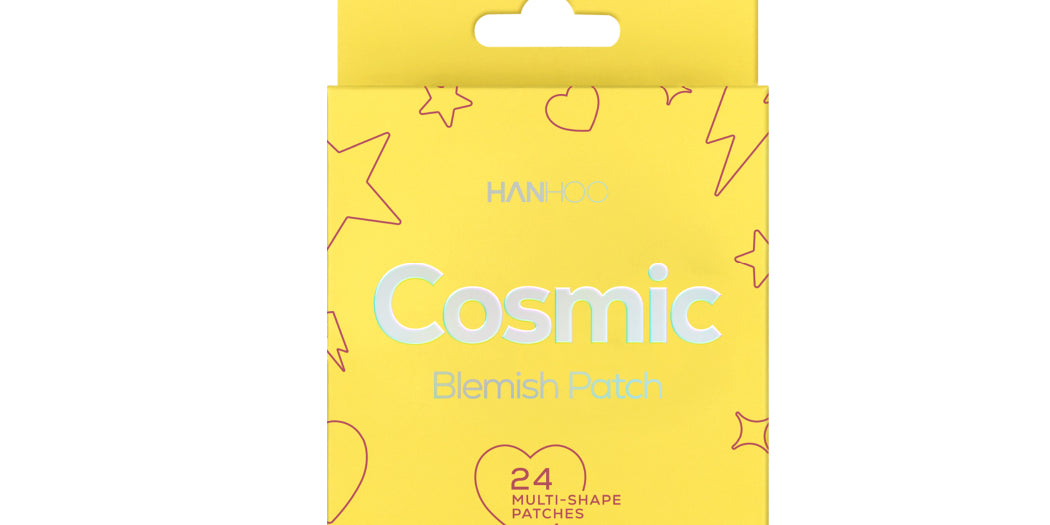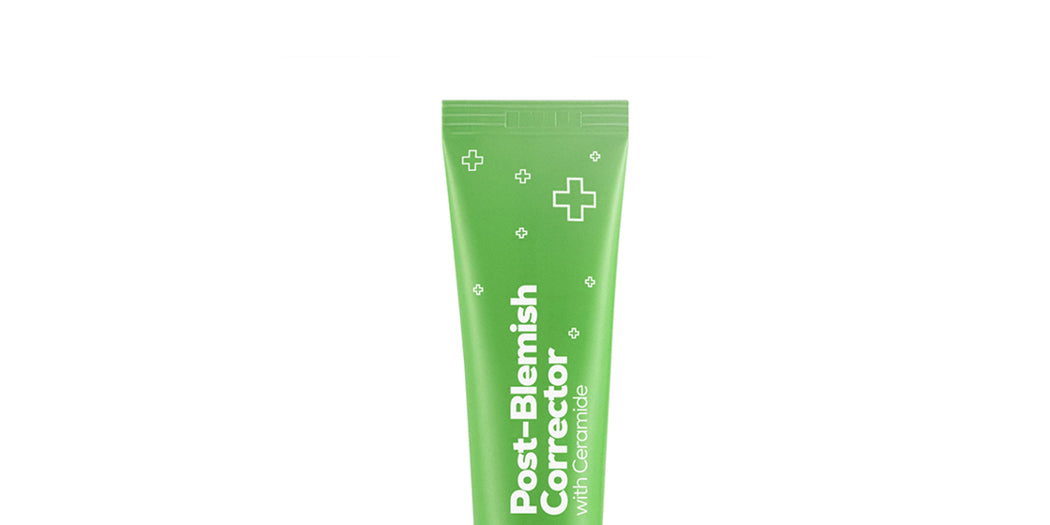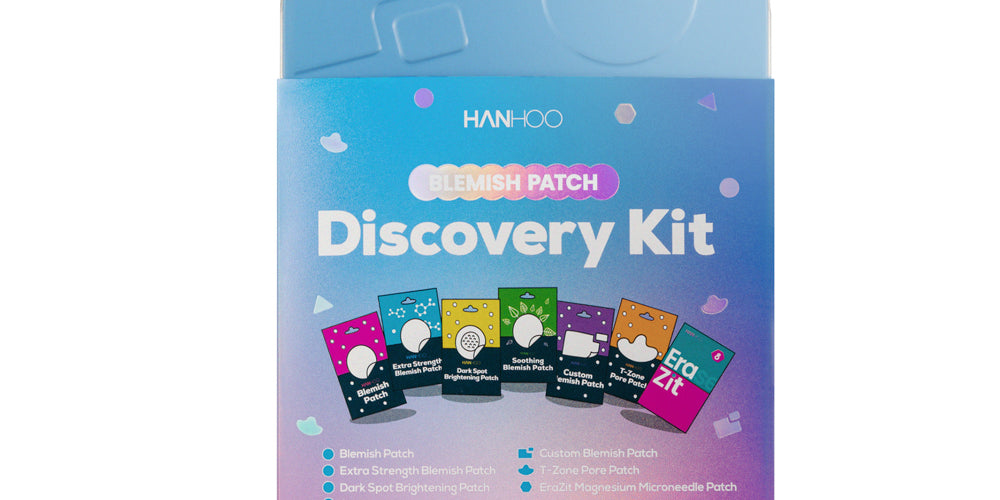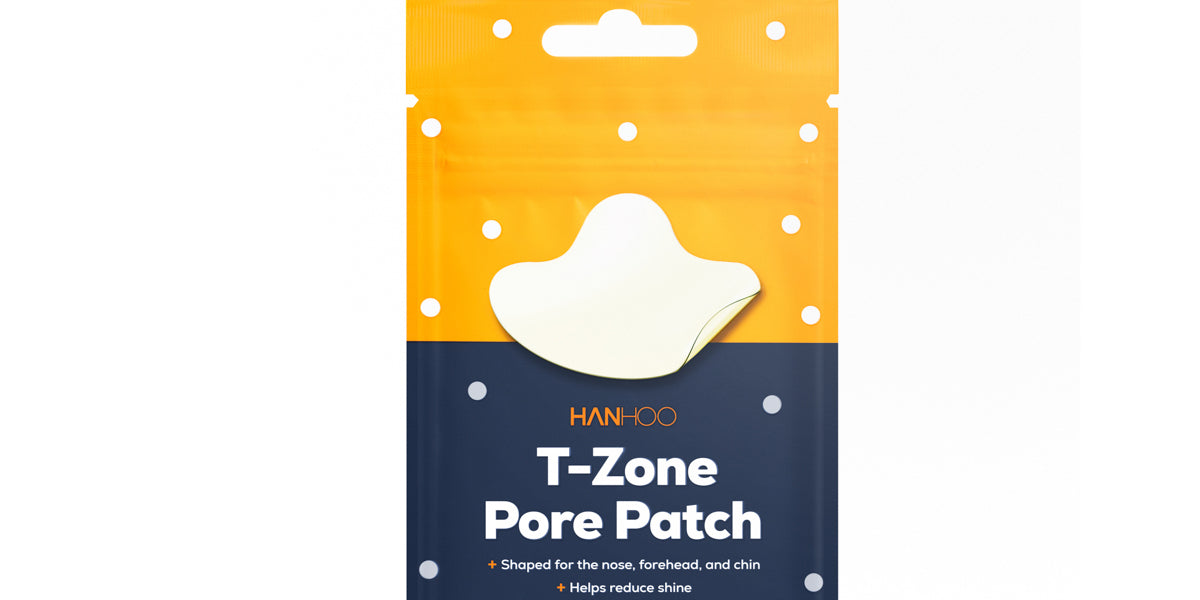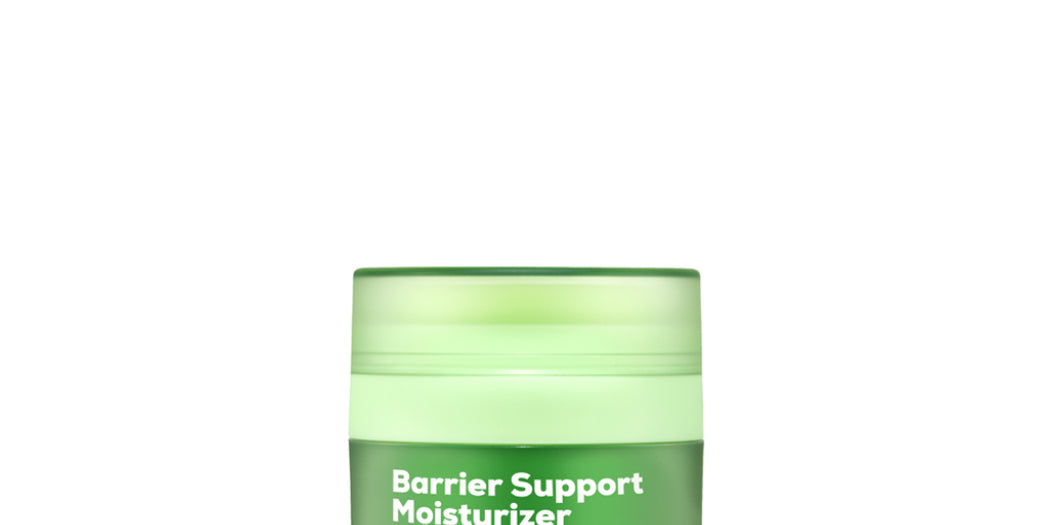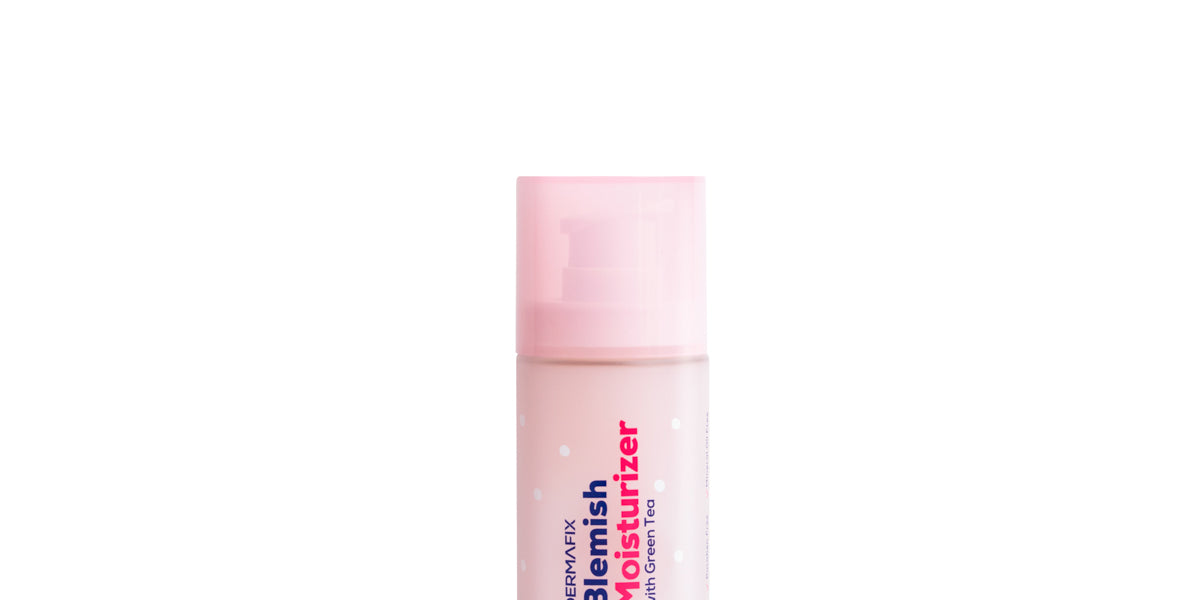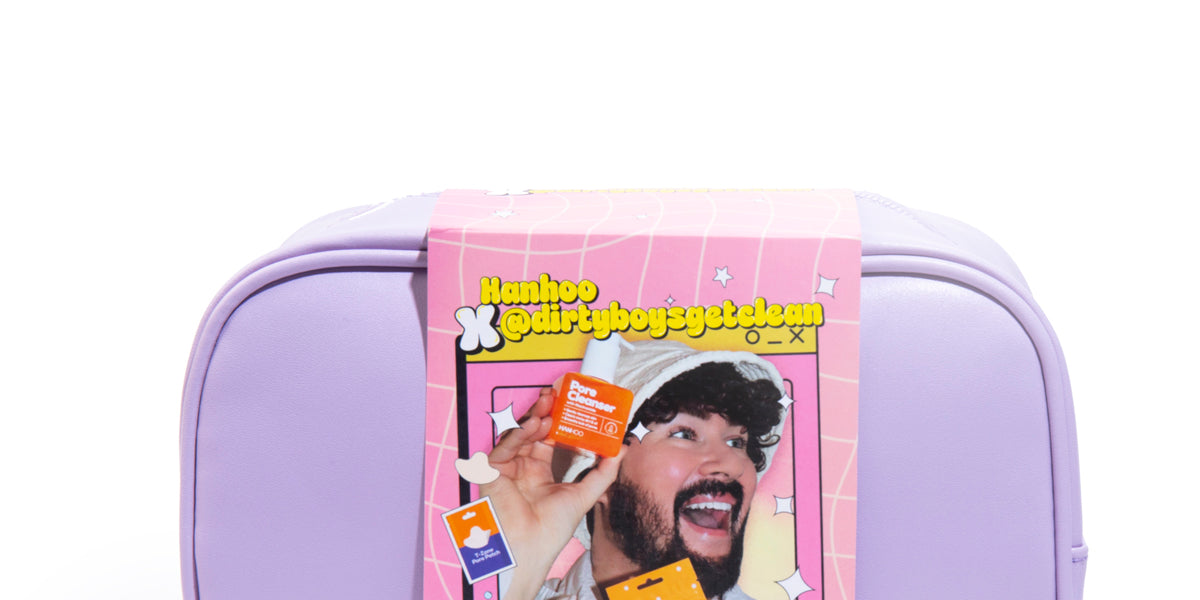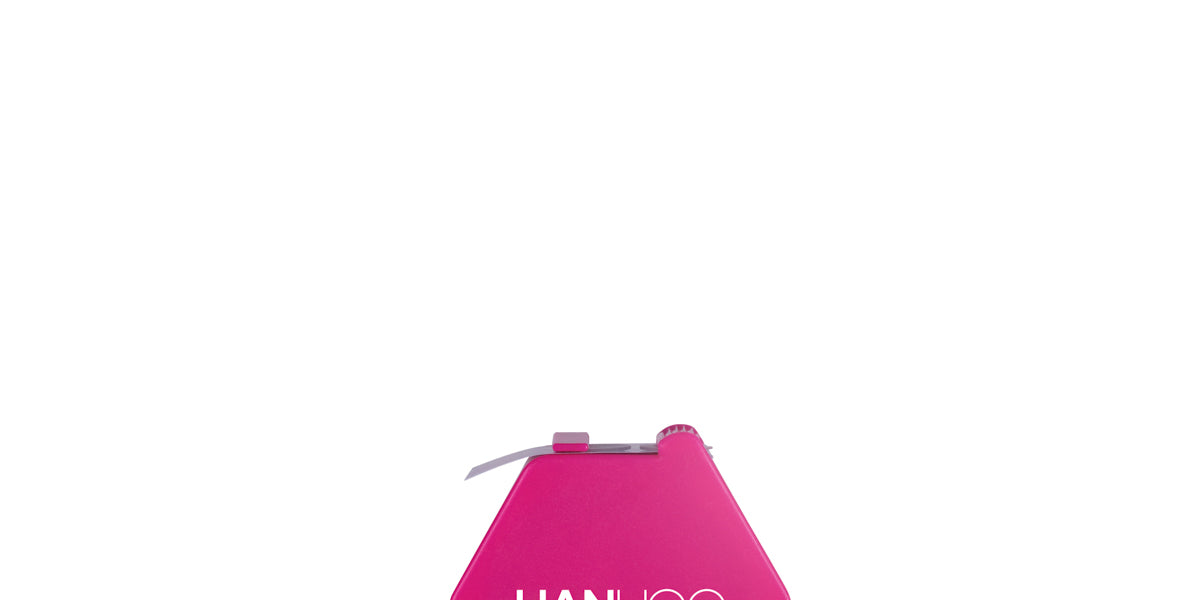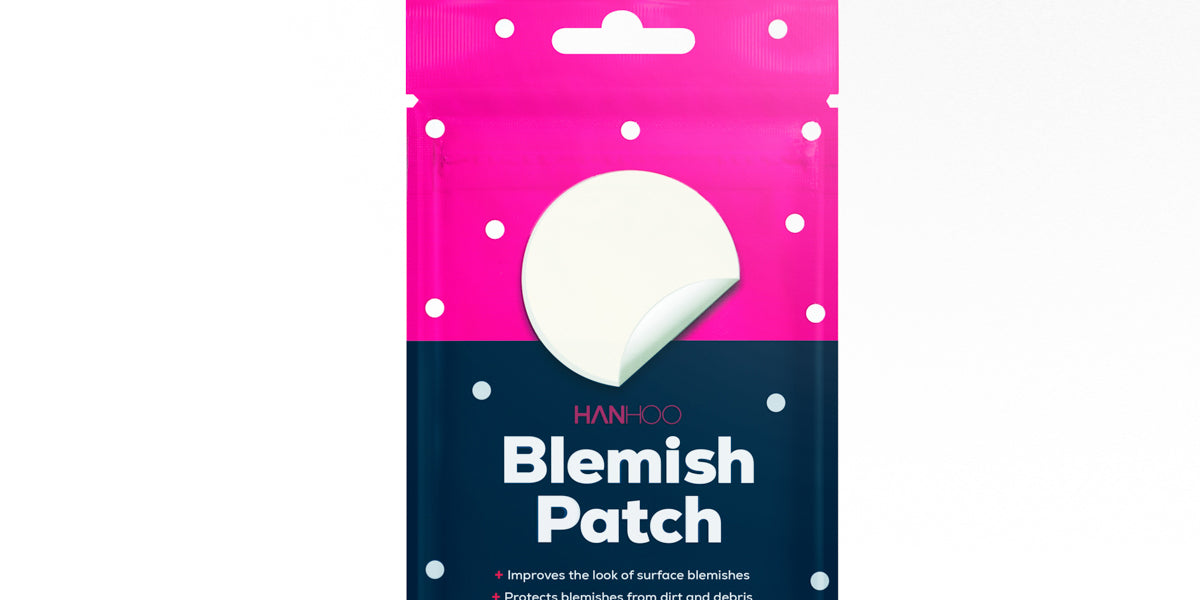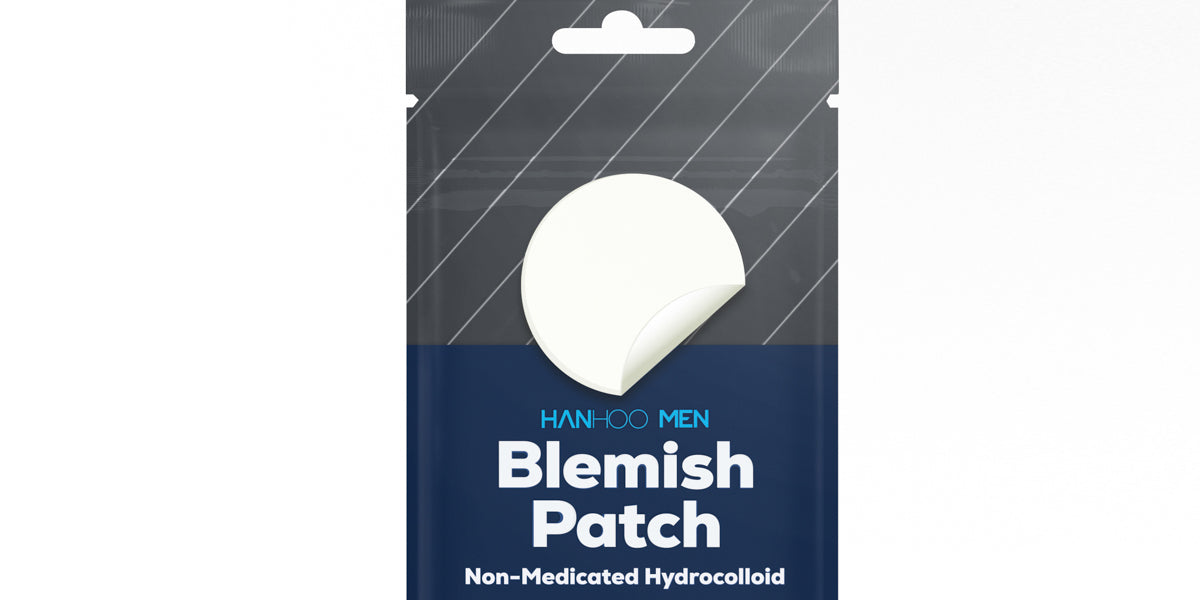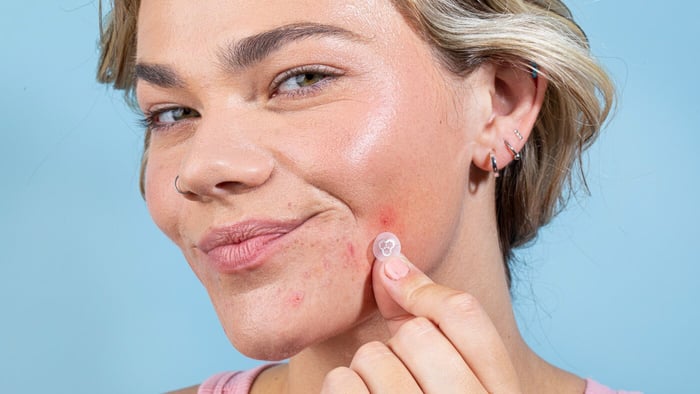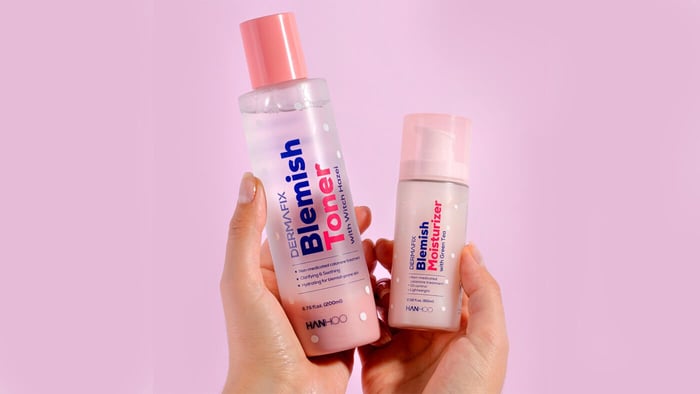During your teenage years, you’ve likely been told that if you want to get rid of a pimple fast, then you have to dry it out. And, a lot of the time people would recommend using toothpaste to get the job done. But, hopefully by now we all know that toothpaste is not the way to go.
In fact, lots of acne treatments from our teenage years we now know were not the best for our skin (like a certain apricot scrub). And, we also now know that you don’t even really have to dry out a pimple to get rid of it.
Drying out a pimple isn't always the best method to minimize the spot. Trying to dry up a pimple can end up causing adverse effects on the surrounding skin. And, if you dry out the skin too much it may trigger an overproduction of oil, leading to even more breakouts. Plus, you risk damaging the skin barrier, which functions best when adequately moisturized.
But, this doesn’t mean you can’t use certain active ingredients to treat a pimple. You can still use your Benzoyl Peroxide or Salicylic Acid to help treat the spot, just don’t over do it.
So, if you shouldn’t dry out a pimple what can you do instead?
How to treat a pimple:

Try exfoliating acids
While you don’t want to completely dry out a pimple, you can still use some exfoliating acids like Salicylic Acid to treat a pimple. But, when using stronger ingredients on the skin to treat acne, it’s best to use the product moderately.
So, when it comes to a Salicylic Acid spot treatment, stick to using the product only a few times a week. If you don’t know your skin’s tolerance, using the Salicylic Acid daily can damage the skin and cause dryness and flakiness.
Lots of Salicylic Acid acne treatments come in concentrations between 0.5 percent and 2 percent. So if you’re not sure about whether your skin will react negatively to this ingredient you can always try spot testing the product just to see if it's safe to use.
Lastly, always make sure to keep the skin moisturized after using an exfoliating acne treatment. Since these ingredients can be drying you’ll want to restore moisture to the skin after applying the acne treatment.
Patch it up
For those with sensitive or dry skin types, sometimes you can’t really use any of the stronger acne treatments on the market. Given that some of these treatments can dry the skin, they may compromise the skin barrier if you already deal with sensitivity or dryness.
In this case, you can opt for blemish patches. Blemish patches are made with hydrocolloid, a material that keeps the pimple area moist to help support the healing process of a pimple. And, it also helps capture the gunk from a pimple to help shrink the spot.
Blemish patches are also super gentle so you don’t have to worry about any dryness or flakiness that may come with some traditional spot treatments. You just pop it on the pimple and wait a couple hours as the patch helps minimize the pimple.
Plus, some patches like our Extra Strength Blemish Patch and Soothing Blemish Patch come with additional ingredients like Salicylic Acid, Tea Tree Oil, and Aloe Vera to soothe and reduce the size of the pimple.
Prevent pimples before they pop up
Another good way to treat a pimple (without drying it out), is to keep up a routine that helps address the causes of acne.
Pimples pop up due to a buildup of excess oil, dead skin cells, and bacteria in pores. You can add an exfoliating treatment a few times a week to your skincare routine to help clear away the dead skin and excess oil sitting on the skin.
If you’re wary about exfoliants you can also try adding products with ingredients that help regulate oil production like Green Tea or Niacinamide.
And, if you have oily skin but don't moisturize because you think you don’t really need it, think again. The skin needs to stay moisturized especially if you use exfoliating acids or Retinoids. If you let your skin dry up, you can potentially damage the skin barrier which can become more susceptible to acne-causing elements.
Last thoughts…
Drying out a pimple doesn’t have to be your first line of defense when it comes to treating pimples. You don’t have to compromise drying out the skin just to get rid of a pimple. There are tons of pimple treatments that work just as well and won’t leave the spot looking dry or flaky afterwards.


